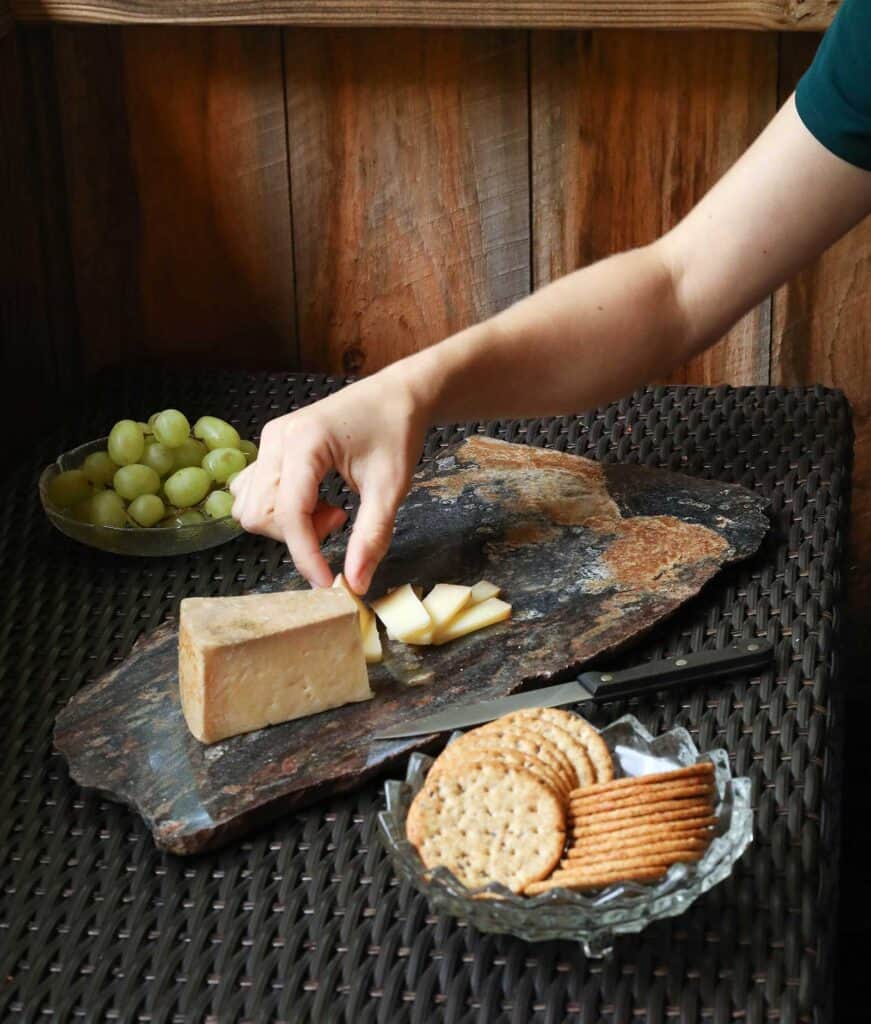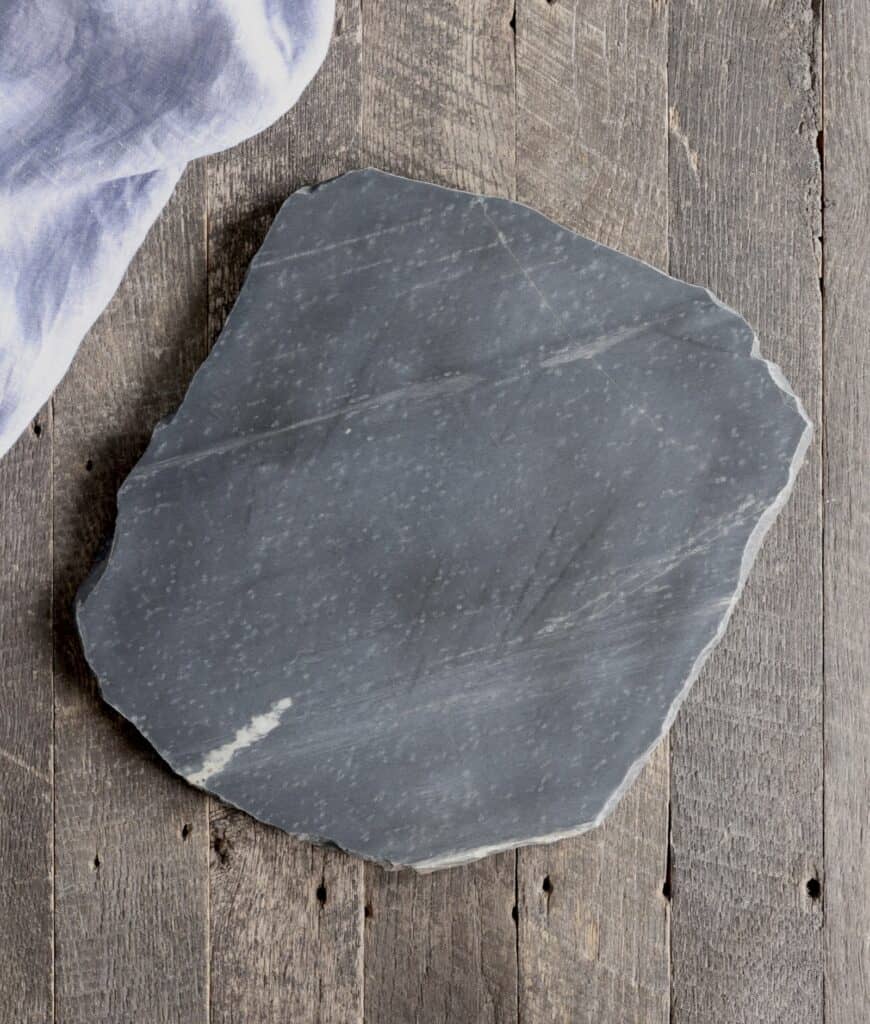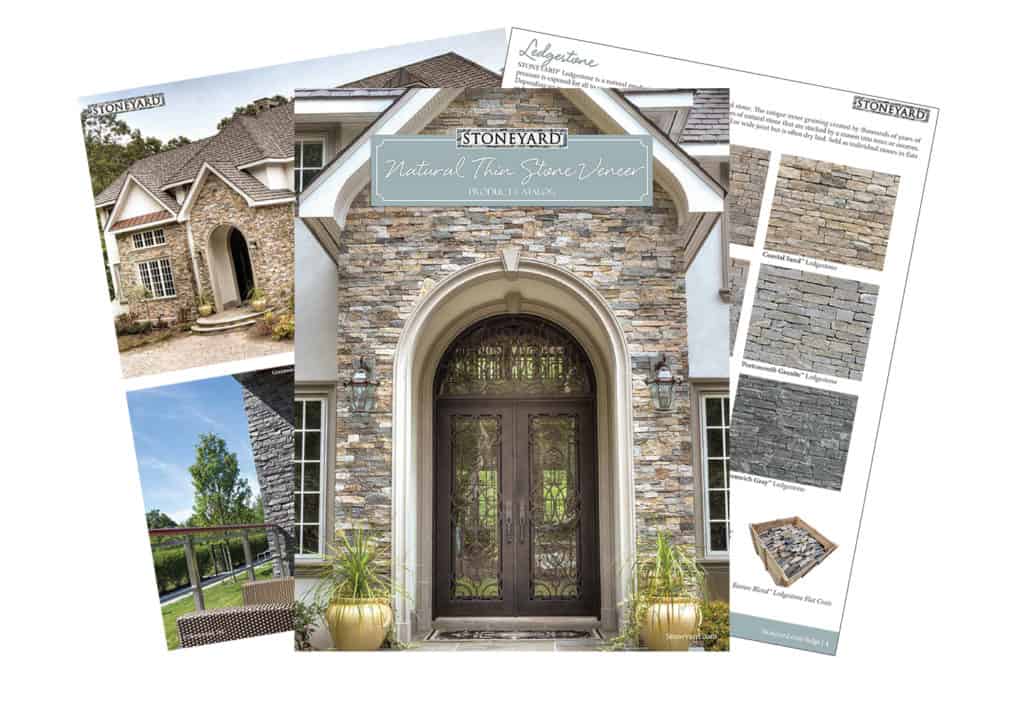A stone charcuterie board is a beautiful and durable serving piece that can be used for a wide variety of entertaining purposes. Here are the steps on how to use one:
1. Clean the board: Before using your stone charcuterie board, make sure it is clean and free of any debris or dust. Use a damp cloth or sponge to wipe down the board and remove any residue.
2. Choose your ingredients: Pick a selection of cheeses, meats, crackers, fruits, nuts, and other nibbles to display on the board. Consider textures, colors, and flavors when selecting your items.
3. Arrange the items: Start by placing any larger items or bowls on the board, such as cheese wedges or bowls of olives. Then, add the smaller items around them, filling in any gaps.
4. Create space: Leave some space between the different items on the board to make it easy to access each item. Consider using small bowls or ramekins to separate items.
A charcuterie board is typically used for serving a variety of cured meats, cheeses, fruits, nuts, and crackers. It is a versatile serving platter that can be used for a variety of occasions, including:
- Parties: Charcuterie boards are great for entertaining guests at parties. They can be used as the centerpiece of a buffet table, or as a standalone appetizer.
- Picnics: Charcuterie boards are also great for outdoor picnics. They are easy to transport and can be enjoyed by a group of people.
- Wine tastings: Charcuterie boards are often used at wine tastings to complement the different flavors of wine.
- Brunch: Charcuterie boards can be a great addition to a brunch spread. They can be used to serve a variety of breakfast meats and cheeses.
- Family gatherings: Charcuterie boards are great for family gatherings, where everyone can pick and choose their favorite meats and cheeses.
Overall, a charcuterie board is a versatile serving platter that can be used for a variety of occasions. It is a great way to showcase a variety of foods and create a visually appealing presentation.
Inspiration | Videos | Projects | Visualize | Installation | Literature
More posts
Contact us if you have questions about Stoneyard products
"*" indicates required fields


